This camp can stay cool even if the power goes out
|
Published: 06-21-2024 1:36 PM
Modified: 06-21-2024 3:35 PM |
Amid all the ways people in New Hampshire have been coping with this week’s heat dome, only one would be familiar to our distant ancestors.
“This tradition hasn’t changed much in 125 years!” wrote Natalie Ward, general manager for Rockywold-Deephaven Camps in Holderness, which has been operating since 1897.
In the middle of every winter the camp sponsors an ice-harvesting event that draws “ice wranglers” from all over. Blocks of ice, roughly 12 inches by 15 inches by 19 inches and weighing around 120 pounds, are cut out of Eastman Cove on Squam Lake. The harvest of around 3,500 blocks of frozen water are taken to the camps’ two ice houses, where they’re packed in sawdust as insulation.
Every morning once the camp opens blocks are taken out, cleaned of sawdust and carted by wheelbarrow to occupied cabins and rooms. There, each block is lifted with tongs and placed in the upper compartment of an “ice box,” which is still the name for refrigerators in parts of the country. During the day, the cold sinks down into the insulated food compartment below while water from the melting ice is collected in a pan. The next day the ice is replaced.
Not efficient, but a big hit with customers.
Before refrigeration, this was the only way to cool things. Harvesting ice from New England ponds and shipping it around the world was big business for decades until electricity and refrigerators became widespread.
The tradition faces a big problem: Climate change.
Warming, erratic winters are making it harder to depend on enough ice forming, even in sheltered bays. Muster Field Farm Museum in North Sutton has long had an annual ice harvest (they use the blocks to make ice cream) but it was canceled this year because their ice never got thick enough to be safely cut.
Article continues after...
Yesterday's Most Read Articles
 House committee defunds relief program for mothers and children, spares SNAP incentives
House committee defunds relief program for mothers and children, spares SNAP incentives
 No high-speed E-ZPass at Hooksett tolls for at least two months
No high-speed E-ZPass at Hooksett tolls for at least two months
 New Hampshire law enforcement to step up traffic enforcement on Route 106
New Hampshire law enforcement to step up traffic enforcement on Route 106
 Schools in Lakes Region explore creating a special education school to bring down costs
Schools in Lakes Region explore creating a special education school to bring down costs
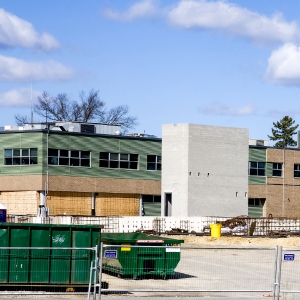 Work continues on new state psychiatric hospital in Concord
Work continues on new state psychiatric hospital in Concord
 House committee reverses vote, adopts prohibition on DEI activities and spending
House committee reverses vote, adopts prohibition on DEI activities and spending

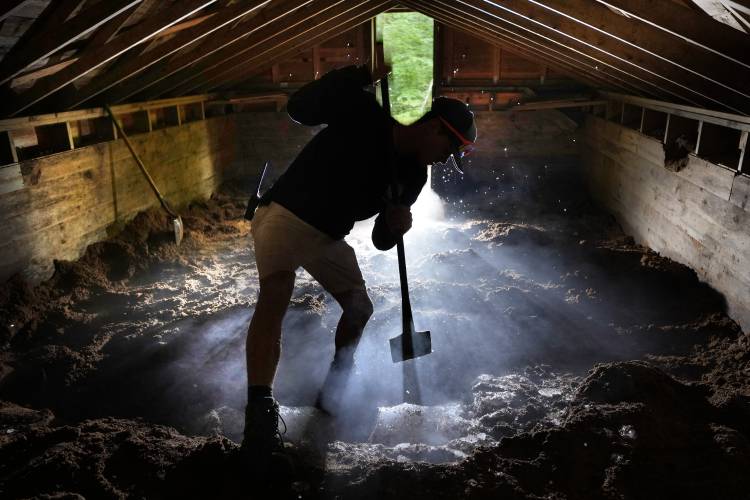
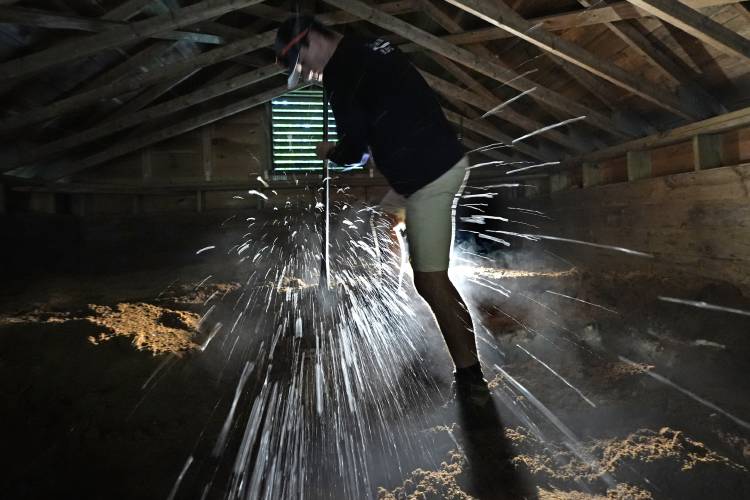
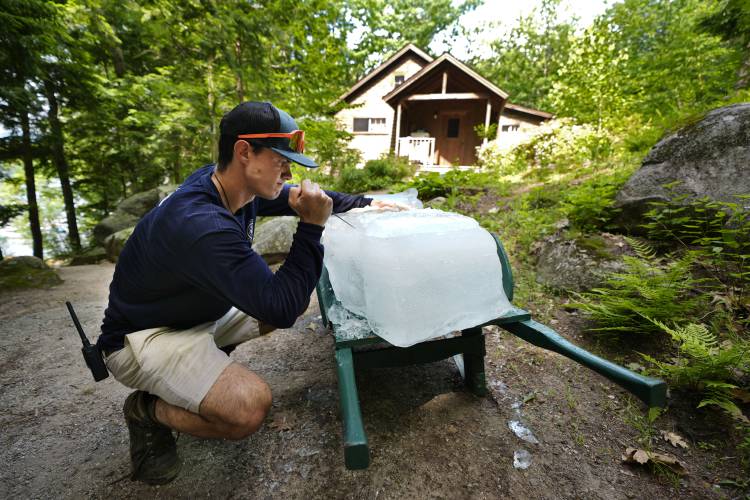
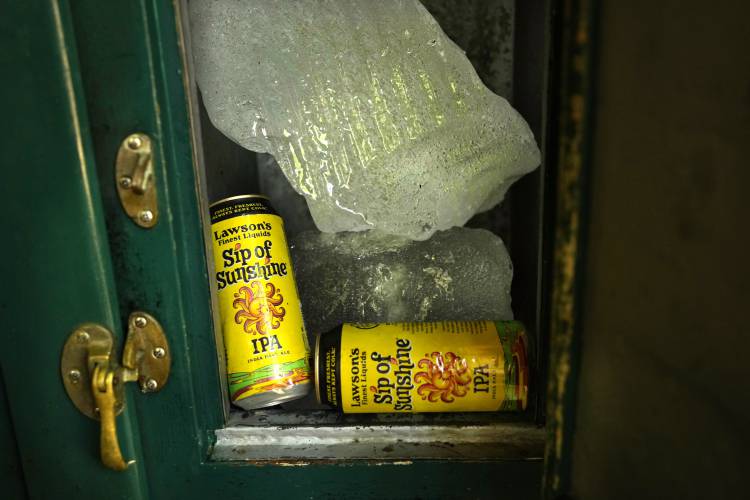
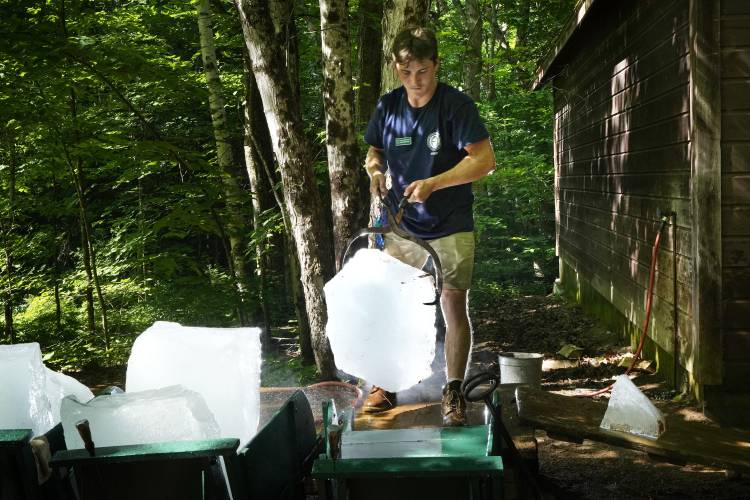
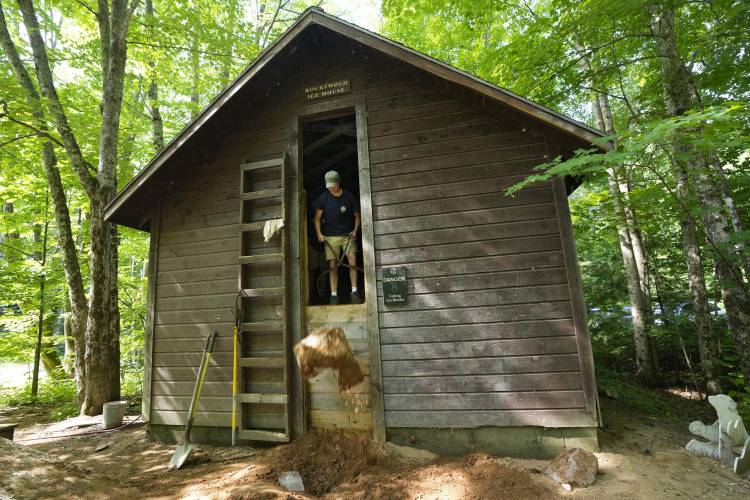

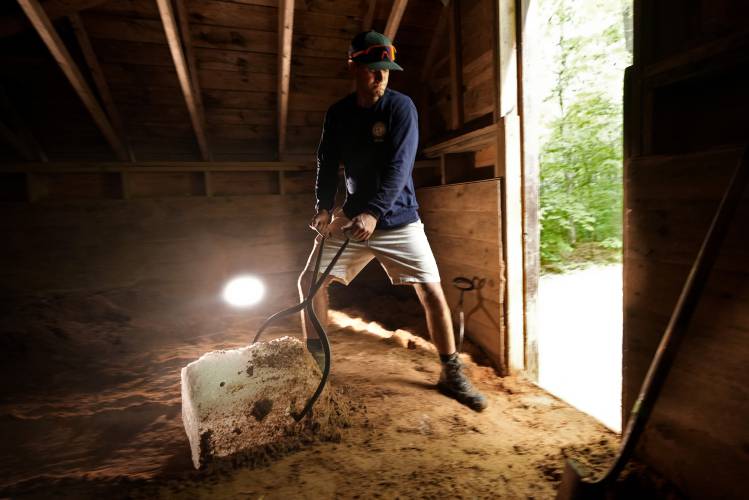
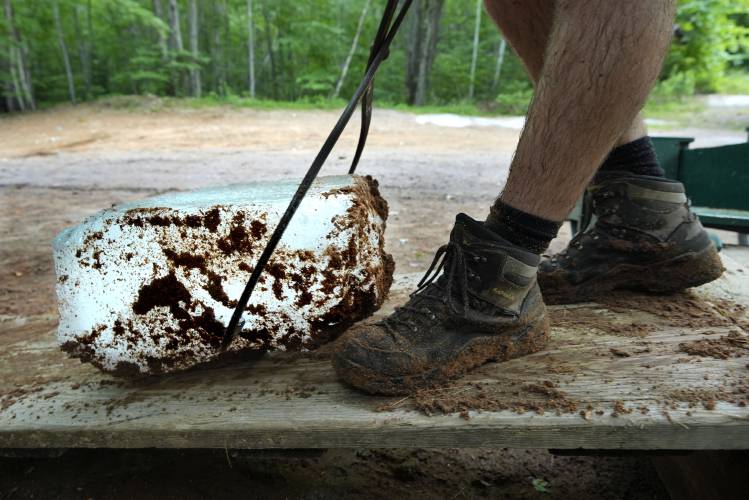






 Henniker ponders what is a ‘need’ and what is a ‘want’
Henniker ponders what is a ‘need’ and what is a ‘want’ Boscawen residents vote to fund major renovation of public works building
Boscawen residents vote to fund major renovation of public works building ‘Voting our wallets’: Loudon residents vote overwhelmingly against $1.7M bond for new fire truck
‘Voting our wallets’: Loudon residents vote overwhelmingly against $1.7M bond for new fire truck In Pembroke, Education Freedom Accounts draw debate, voters pass budget
In Pembroke, Education Freedom Accounts draw debate, voters pass budget
